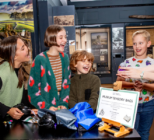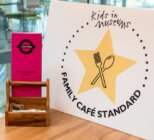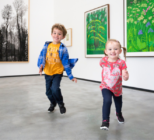What does the title of Kids in Museums Family Friendly Award mean to the People’s History Museum?
It definitely recognises the work The People’s History Museum has been doing, especially because we are a political museum and it can sometimes be off putting initially for families who are looking for somewhere they might want to bring their children. It gives us recognition that we’re not just a place to bring your kids but the place to bring your kids and that we have plenty of activities not just to keep them entertained but to get them engaged in the history as well. Kids in Museums is such a well-established organisation now and the work that it does with schools and families is really well known throughout the sector, so it’s great to have this award.
In what ways has the museum made its stories and exhibits more accessible to children and families?
The stories in our museum are about people just like them. We always say that we are about ordinary people. We are not about kings and queens and that the subjects are something that ordinary families can associate with, understand and connect with. One of the ways I am expanding that at the moment is through having a mini activist handbook for children, which encourages them to look for certain objects as they go around the galleries and think how they could make a positive change in their lives and make the world a better place. It’s getting them to connect with the objects and the history.
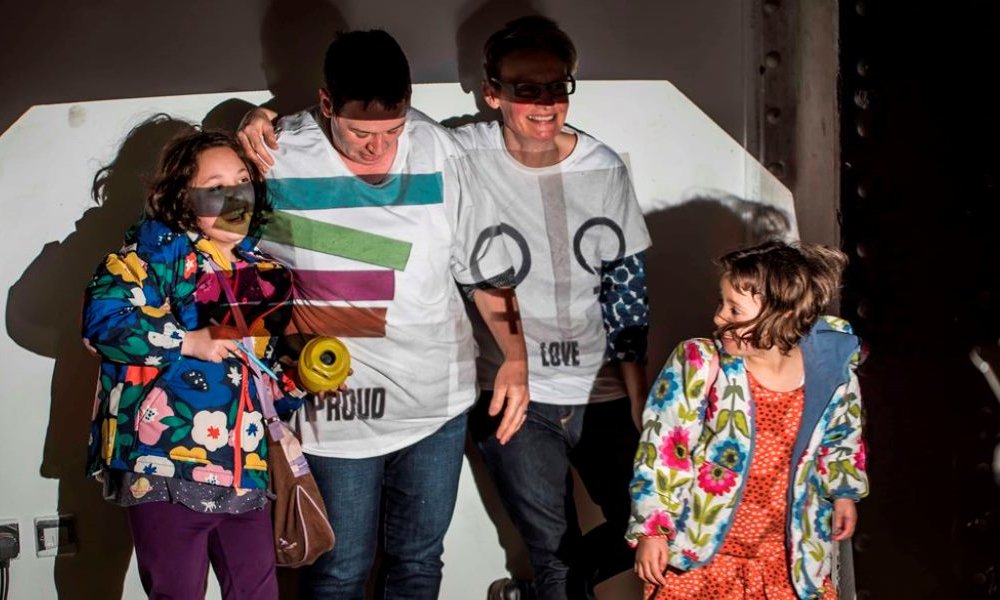
Looking at the Kids in Museums Manifesto, it’s all about play as well, so we also make sure that we don’t say no and that the gallery assistants are talking to the kids and visitors and encouraging them to play and explore. So there is noise in the gallery and it’s not a place where they have to be really well behaved and silent.
In the past I have completed training with gallery assistants especially when we have had new members of staff join the team and I have actually used the Kids in Museums Manifesto as part of the training process and in particular the Mini Manifesto. It’s all about the idea that if a child is seen as being disruptive, it’s either because they are engaged or excited about what they are looking at. If they’re not, then why? In the training it’s about how you can help them engage with the collections.
How has this been achieved with often complicated subject matter?
We have been working on a slightly different model this year where we put ourselves in the place of visitors. Rather than telling them what we think they want, we have been listening to them and working with them on what they want out of a visit and it’s nice to know this is working.
Part of my role is not only making sure families have a warm welcome but staff are also knowledgeable, which is why we have just signed up to be a recognised Breastfeeding Friendly Venue. This means that we promote the fact that mothers are welcome to breastfeed in any part of the museum and if they don’t feel comfortable in the open then we will find them a more private space. It also means that all staff, front and back, are aware of this and are able to offer help if needed.
In one of our main galleries we have a dedicated family space for families who want a break and where the kids can play with games or read books that link into the exhibitions. The café has had a refurb over the summer, which addresses some of the issues of being family friendly even down to the chalkboard table tops, activity bags and of course child friendly menus. We also have three toilets on three different floors that are gender neutral as well and we also have baby change areas in both the male and female toilets and the gender neutral ones so we are not restricting people.
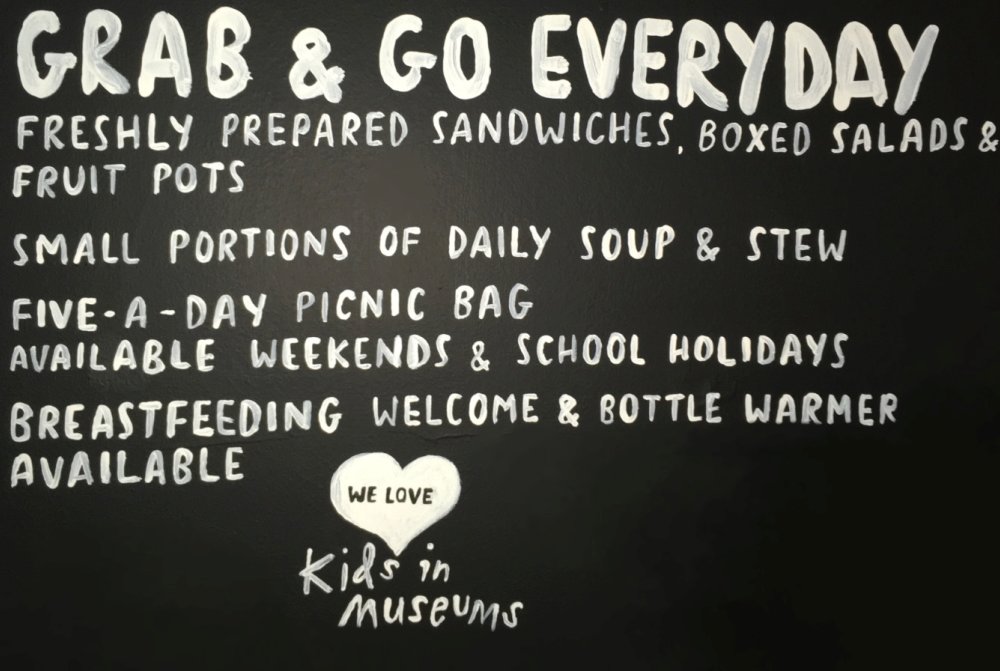
We know that getting children or a family out of the house is quite stressful enough, so we definitely want parents to know that when they come here they have got support from the museum staff to ensure they have an enjoyable and relaxed day that doesn’t take too much thought and they can get into all areas of the museum easily as we have lifts and stairs. They can come and have lunch here and if they get caught short and run out of nappies we have spares and wipes for them to use.
When did the process of making the museum more family friendly begin and how has it developed?
Our main galleries were redeveloped in 2010 and from that redesign every space is interactive in a number of ways from computer screens, dressing up areas and we also have a Co-op shop where children can play in an old fashioned shop with tills. During the school holidays we always have a craft table all day every day that everyone can use and we also have activities every Wednesday afternoon, which are focused around the topic: Make Your Mark, which encourages children to think about how they could make a change to the world around them or describe some changes they would like to see introduced through art, music or craft. Part of my role as the learning officer is developing our family programme and this sees me working very closely with the exhibitions team. Twice a year we have a changing exhibition and as part of that I help develop the interactive elements of the resources that go with it. So the families are thought of right from the start from the design process.
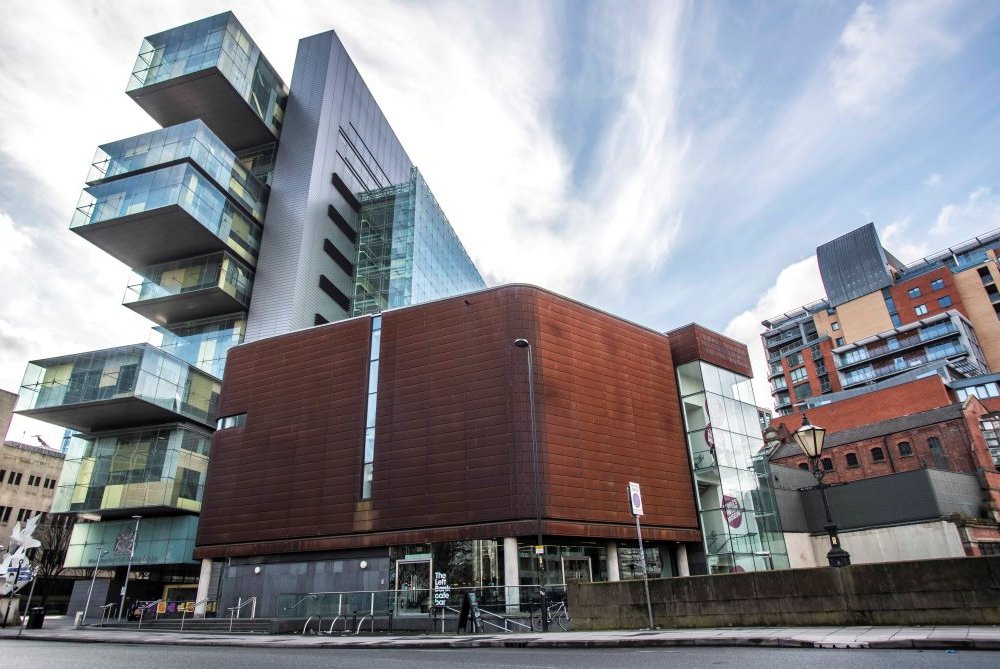
Why is it important for museums in general, and the PHM in particular, to be family friendly and accessible to children and their families?
I think when you think of museums they are supposed to be the hub of a community with their shared history and I think that’s why it’s really important to engage kids from a young age. Not just in the subject matter but also using these buildings as a social space. With our museum being about politics, we are about people working together to make a change and I think it’s really important to talk to kids about that in a language they can understand. The kids bring the energy to the museum and every kid believes they can change the world and they can. We just need to nurture their enthusiasm and show them how they can do that and how people have done that in the past.
When we think of families, it’s important to remember that it’s not just primary school age children, it’s also teenagers and grandparents: a whole family experience. One of the things we try and encourage is a place where they can discuss the themes in the exhibitions or the collection with the people that they are with.
What future plans does the PHM have to continue to be the best family friendly museum in the country?
It’s always thinking about play, is it fun? Are they going to enjoy that? Are they going to be drawn to a certain element of the galleries? Also getting families to relate to themselves, getting them to challenge and ask questions. For our recent exhibition, Never Going Underground: The Fight for LGBT+ Rights [which won Team Volunteer of the Year Award at the Museums + Heritage Awards 2017] we had the opportunity to try something different. We worked with Proud 2 b Parents, a group for LGBT+ parents and their children. The partnership ensured the resulting programme was fully inclusive, representative and with content that was presented in a family friendly way; the families even designed the family explorer bags that accompanied the exhibition
We worked with the group to revise all aspects of the exhibition and to work with families from the beginning through a series of consultations, trial runs, events and chats about what they would like to see in the exhibitions. It was really very collaborative this year and it was very successful and something we will be continuing.

Thinking about an LGBT+ theme can be seen as something a lot of museums or even parents struggle or shy away from. But we never shy away from a topic or don’t talk about a subject. Instead we discuss things like this with kids because they always have an opinion and they’re often more mature than we give them credit for. So we try and simplify the themes into something they can relate to in their own life.
For example, with Never Going Underground I focused the whole family programme on the idea of; Identity, equality and that fact that families come in all shapes and sizes, which stands for everything we do.
Next year we are going to be working with a parent championing network for parents who have children with disabilities. We are going to be looking at how we can be more inclusive. With Never Going Underground it was the idea that we are not gender stereotyping people and we even had an interactive, which was a theatre show but instead of having puppets we had gender neutral spoons to try and discourage kids from assigning gender to certain roles.
So what we will be working on with the parent championing network is thinking about how we can be reflective of our visitors who do recognise themselves or their children as being disabled. We are fully accessible as a museum but this will be more about how they can engage with the exhibitions, events and interactive elements at the museum as well.
We want to show that we are very aware, very understanding and very flexibleand that this is something that will continue to be developed over the years.



